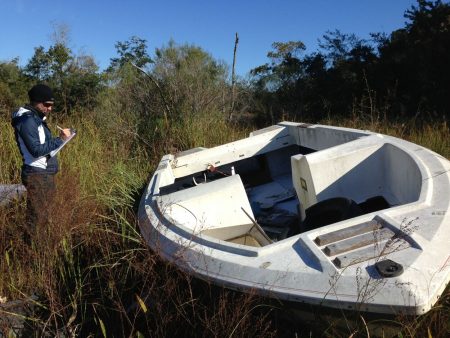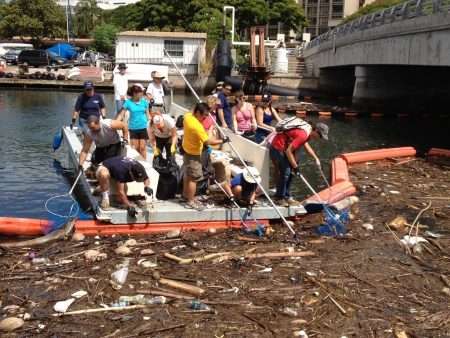By
Jerome A. Koncel
Our lakes and rivers may be full of fish and other aquatic species, but they’re also contaminated with massive amounts of marine debris. “Marine debris is a widespread problem across the United States and the world,” said Sarah Lowe, Great Lakes Regional Coordinator for the NOAA (National Oceanic and Atmospheric Administration) Marine Debris Program and biologist for Freestone Environmental Services in Oak Harbor, Ohio.
The problem’s scope:
A recent study by the University of Georgia illustrates the magnitude of the problem. It estimates that 8 million metric tons of plastic enter our oceans every year. That’s no misprint. Plastic is the most common type of marine debris found around the world and is a huge problem for the Great Lakes, Lowe noted.
A few years ago, GLB published an article by Sherri Mason, a Ph.D. chemist from SUNY-Fredonia, who did research on microbeads in the Great Lakes. Microbeads are a type of microplastic debris that is found in many cosmetics and personal care products.
Mason’s research discovered that plastic particle counts reached one million plastic particle parts per square mile in Lake Erie, with higher counts found in Lake Ontario. “To put these counts into perspective,” Mason noted, “aside from one published number taken in the North Atlantic Ocean, these counts within the Great Lakes are among the highest ever recorded in the world.”
The research clearly shows the scope of the plastic marine debris problem in the Great Lakes; however, that amount doesn’t pose the greatest threat to humans. The real danger stems from this fact: plastics adsorb toxic chemicals out of its surrounding waters, and the Great Lakes are well-known harbingers of these toxic chemicals.
Why is this so bad? Lowe responded by saying that the NOAA Marine Debris program has conducted research showing that plastics persist for decades in aquatic and marine habitats and can adsorb toxic chemicals that have the potential to be transferred to marine life when ingested.

Photo provided by National Oceanic and Atmospheric Administration (NOAA)

Photo provided by National Oceanic and Atmospheric Administration (NOAA)

Photo provided by National Oceanic and Atmospheric Administration (NOAA)

